
Polanco: The Chic and Cultural Heart of Mexico City
Discover Polanco, Mexico City's upscale neighborhood known for luxury shopping, fine dining, and rich cultural landmarks, offering a blend of elegance and history.
Polanco is one of Mexico City's most sophisticated and vibrant neighborhoods. Situated in the northwest part of the city, Polanco is renowned for its upscale shopping, luxurious hotels, and gourmet dining. The area is also rich in cultural landmarks, making it a must-visit for any traveler seeking both relaxation and adventure. The neighborhood's main thoroughfare, Avenida Presidente Masaryk, is often compared to New York's Fifth Avenue or Paris's Champs-Élysées. Here, you'll find high-end boutiques featuring international brands, as well as charming local shops. Polanco is also home to some of the most iconic restaurants in Mexico City, offering a diverse range of cuisines from traditional Mexican to innovative fusion dishes. Polanco is not just a shopper's paradise; it is also steeped in culture and history. The neighborhood boasts several museums, including the world-famous Museo Soumaya, which houses an extensive collection of European and Mexican art. The nearby Chapultepec Park, one of the largest city parks in the world, offers a green oasis perfect for a leisurely stroll or a picnic. In addition to its cultural and commercial attractions, Polanco is known for its beautiful architecture. The neighborhood features a mix of colonial revival, art deco, and contemporary designs, making it a visually stunning area to explore on foot. Whether you're here for the shopping, the food, or the cultural enrichment, Polanco promises an unforgettable experience.
Local tips in Polanco
- Visit early in the morning or late in the afternoon to avoid the heaviest traffic and enjoy a more relaxed experience.
- Don't miss the Museo Soumaya; it's free to enter and offers a stunning art collection.
- Wear comfortable shoes as Polanco is best explored on foot, with many attractions within walking distance.
- Make a reservation if you plan to dine at one of Polanco's high-end restaurants to avoid long wait times.
- Explore the side streets off Avenida Presidente Masaryk for hidden gems and unique boutiques.
Polanco: The Chic and Cultural Heart of Mexico City
Polanco is one of Mexico City's most sophisticated and vibrant neighborhoods. Situated in the northwest part of the city, Polanco is renowned for its upscale shopping, luxurious hotels, and gourmet dining. The area is also rich in cultural landmarks, making it a must-visit for any traveler seeking both relaxation and adventure. The neighborhood's main thoroughfare, Avenida Presidente Masaryk, is often compared to New York's Fifth Avenue or Paris's Champs-Élysées. Here, you'll find high-end boutiques featuring international brands, as well as charming local shops. Polanco is also home to some of the most iconic restaurants in Mexico City, offering a diverse range of cuisines from traditional Mexican to innovative fusion dishes. Polanco is not just a shopper's paradise; it is also steeped in culture and history. The neighborhood boasts several museums, including the world-famous Museo Soumaya, which houses an extensive collection of European and Mexican art. The nearby Chapultepec Park, one of the largest city parks in the world, offers a green oasis perfect for a leisurely stroll or a picnic. In addition to its cultural and commercial attractions, Polanco is known for its beautiful architecture. The neighborhood features a mix of colonial revival, art deco, and contemporary designs, making it a visually stunning area to explore on foot. Whether you're here for the shopping, the food, or the cultural enrichment, Polanco promises an unforgettable experience.
Iconic landmarks you can’t miss
Bosque de Chapultepec
Explore Bosque de Chapultepec, a vast urban park in Mexico City featuring lush landscapes, cultural landmarks, and tranquil spaces for relaxation.

Chapultepec Castle
Explore the historical wonders of Chapultepec Castle, a majestic museum showcasing Mexico's rich history and offering breathtaking views of the city.
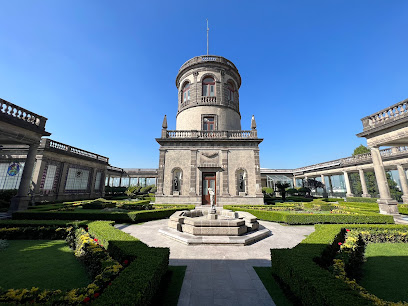
Museo Soumaya
Explore the architectural beauty and rich art collection at Museo Soumaya, a cultural landmark in Mexico City, showcasing works by renowned artists.

Parque Lincoln
Experience the beauty and tranquility of Parque Lincoln, a lush urban park in Polanco, perfect for relaxation and cultural exploration.
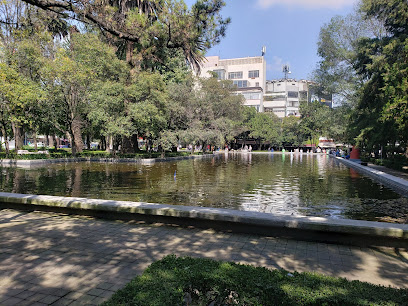
Jardín Botánico del Bosque de Chapultepec
Explore the lush landscapes and diverse flora at the Jardín Botánico del Bosque de Chapultepec, a peaceful retreat in the heart of Mexico City.
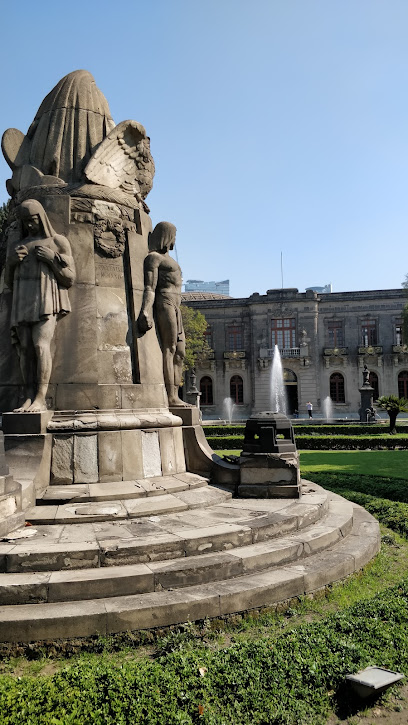
Plaza Uruguay
Discover the tranquility and cultural richness of Plaza Uruguay, a beautiful park in Polanco, Mexico City, perfect for relaxation and exploration.
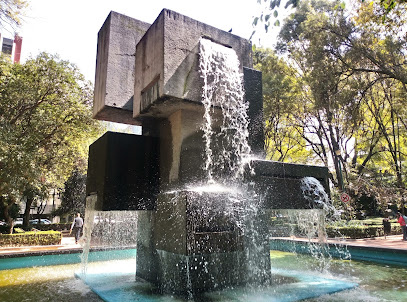
Las Alcobas, a Luxury Collection Hotel, Mexico City
Experience unparalleled luxury and cultural richness at Las Alcobas, a Luxury Collection Hotel in the heart of Mexico City's prestigious Polanco district.

Monumento a Simon Bolivar (Obelisco y Fuente)
Explore the Monumento a Simon Bolivar, a stunning tribute in Mexico City, blending history, culture, and serene beauty in a vibrant urban setting.
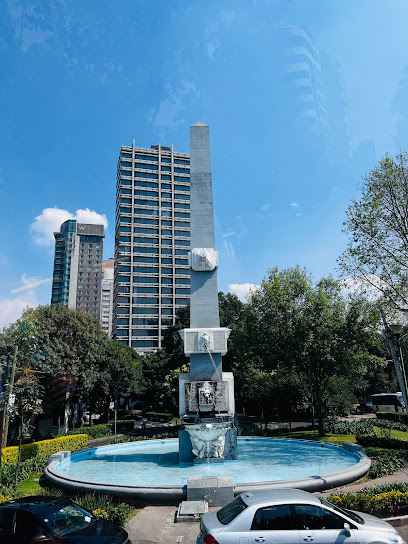
Busto a Luis Donaldo Colosio
Explore the Busto a Luis Donaldo Colosio, a poignant monument in Mexico City honoring a significant political figure and reflecting on history and democracy.
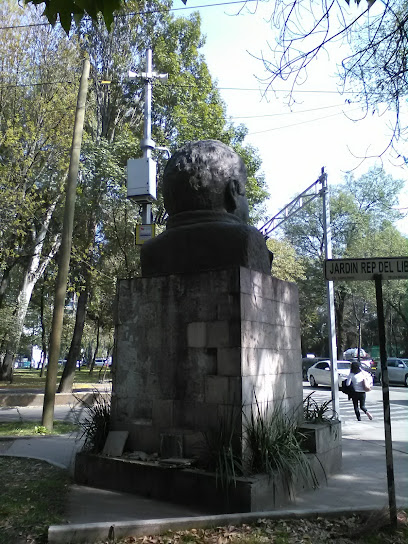
Escultórico Polanco Park
Explore the artistic charm and tranquil beauty of Escultórico Polanco Park in Mexico City, a perfect blend of culture and nature.
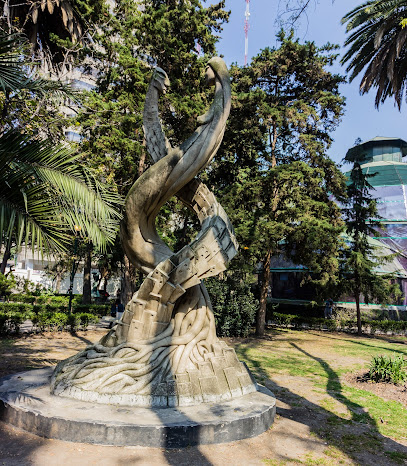
MARTIN LUTHER KING JR.
Visit the Martín Luther King Jr. Monument in Polanco, a powerful tribute to civil rights and justice that inspires reflection and understanding.
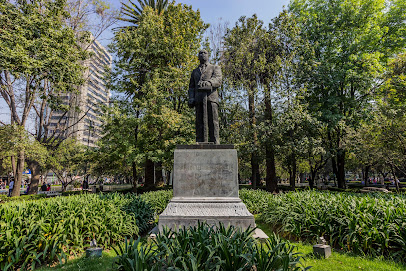
ABRAHAM LINCOLN 1809 ~ 1865
Visit the Abraham Lincoln Monument in Mexico City, a symbol of freedom and equality, blending history with beautiful surroundings in Polanco.
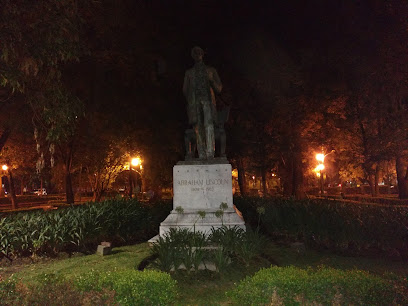
Monumento a Agustín Lara
Discover the Monumento a Agustín Lara in Mexico City, a stunning tribute to the famed composer, surrounded by lush greenery and vibrant culture.
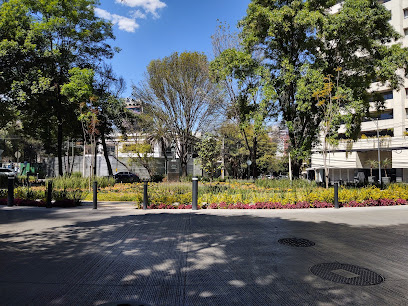
Unmissable attractions to see
Chapultepec Castle
Explore the rich history and stunning architecture of Chapultepec Castle, a historical landmark and museum in Mexico City surrounded by lush gardens.
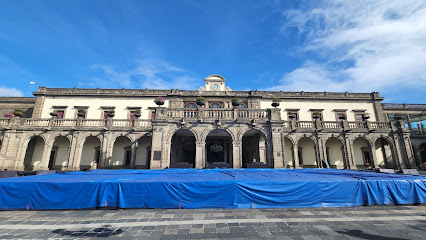
Museo Soumaya
Discover the architectural beauty and vast art collection at Museo Soumaya, a must-visit cultural landmark in Mexico City.

Parque La Mexicana
Discover tranquility and recreation at Parque La Mexicana, a premier city park in the heart of Santa Fe, Mexico City, perfect for all ages.
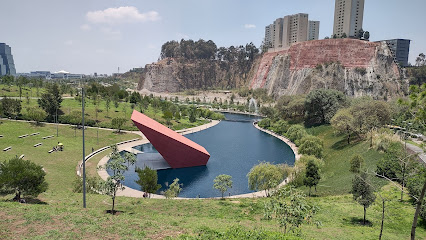
Parque Lincoln
Discover tranquility at Parque Lincoln, a lush urban park in Polanco, Mexico City, where nature meets culture in a vibrant setting.
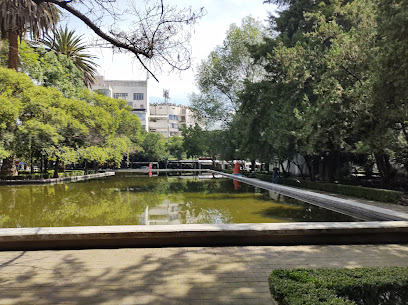
Americas Park
Discover the beauty of Americas Park, an urban sanctuary in Polanco, Mexico City, offering lush landscapes, art, and cultural events.
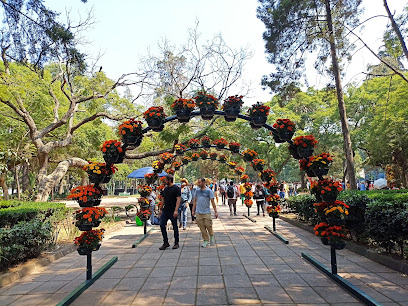
Altar a la Patria
Visit Altar a la Patria in Chapultepec Park, a breathtaking monument honoring Mexico's national heroes amidst lush landscapes.
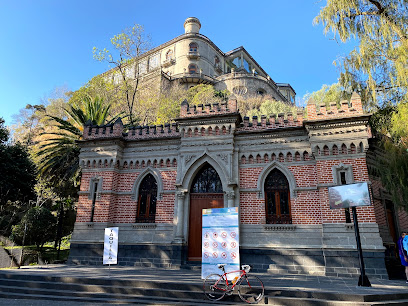
Parque Gandhi
Explore Parque Gandhi, a serene urban park in Chapultepec, Mexico City, offering lush gardens, sculptures, and a tranquil escape from the bustling city life.
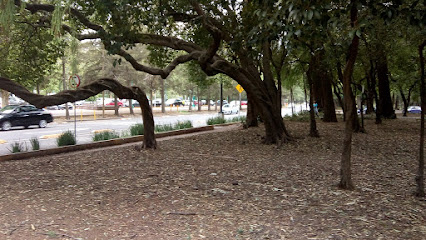
El Ojo de México
Discover the captivating beauty of El Ojo de México, a stunning cultural landmark in the heart of Mexico City that offers unforgettable views and experiences.
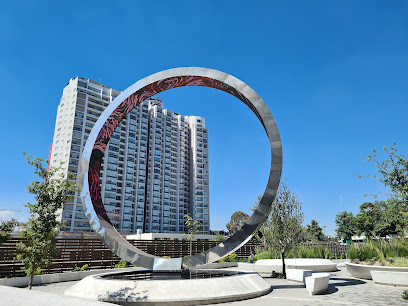
Monumento a Simon Bolivar (Obelisco y Fuente)
Explore the historic Monumento a Simon Bolivar, a stunning tribute to freedom in the heart of Mexico City, surrounded by lush gardens and rich history.

Bosque de Chapultepec
Discover the beauty and culture of Bosque de Chapultepec, a vast urban park in Mexico City that blends nature with history and art.
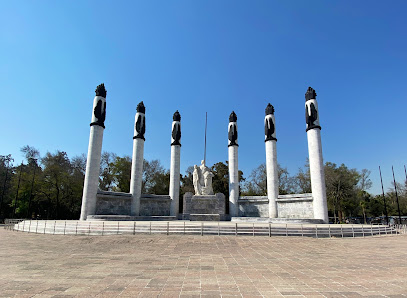
Essential places to dine
Pujol
Discover Pujol: A premier destination for innovative Mexican cuisine and an exceptional dining experience in Mexico City.
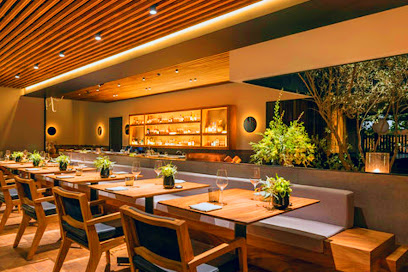
Parole | Restaurante Italiano en Polanco
Experience exquisite Italian cuisine in Polanco at Parole – where fine dining meets exceptional service.
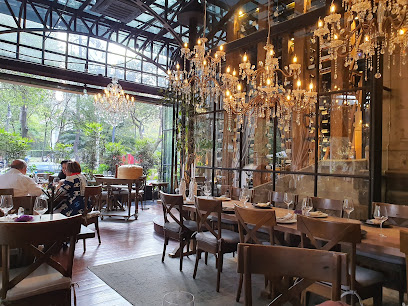
Rosa Negra | restaurante latino en cdmx
Experience the vibrant flavors of Latin America at Rosa Negra in Polanco, Mexico City—where fine dining meets cultural richness.
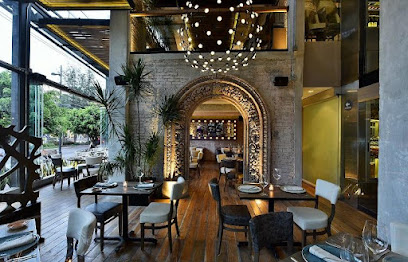
Puerto Madero
Explore Puerto Madero: A sophisticated blend of Argentinian cuisine and vibrant nightlife on Mexico City's stunning waterfront.
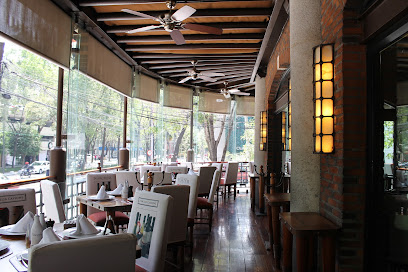
Quintonil
Experience the art of modern Mexican cuisine at Quintonil in Polanco - where tradition meets innovation in every dish.
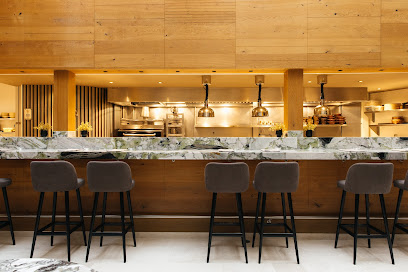
La Única CDMX
Experience exquisite Mexican cuisine at La Única CDMX, where tradition meets innovation in an elegant setting.
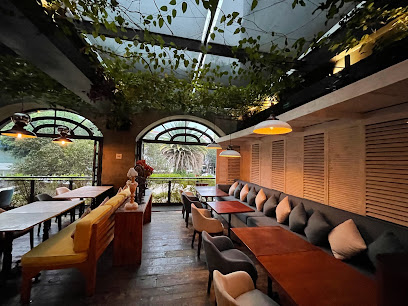
Chapulín
Experience exquisite Mexican cuisine at Chapulín, where tradition meets innovation in the heart of Polanco's vibrant dining scene.
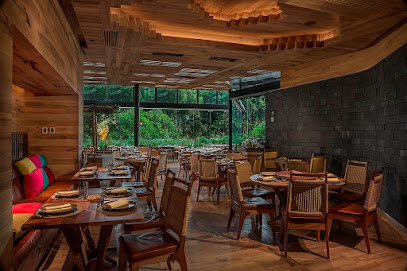
Raíz
Experience the essence of fine dining with authentic Mexican flavors at Raíz in Polanco, Mexico City.
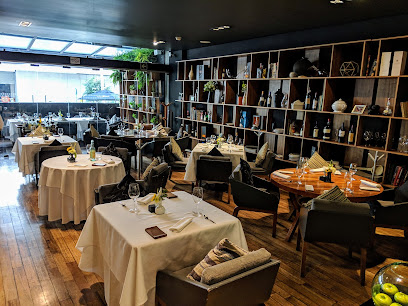
Taboo | El mejor restaurante en Polanco
Experience exquisite Mediterranean dining at Taboo in Polanco - where authentic flavors meet elegant ambiance.
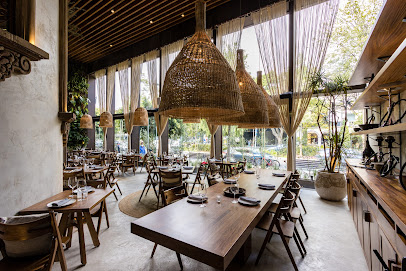
Anatol
Experience the best of contemporary Mexican cuisine at Anatol in Polanco—where tradition meets innovation for an unforgettable dining experience.
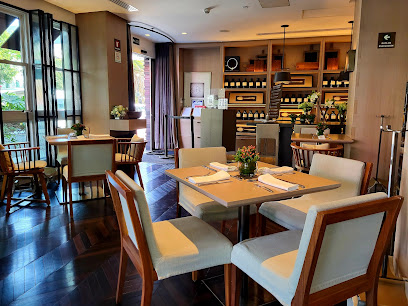
Markets, malls and hidden boutiques
Pasaje Polanco
Explore Pasaje Polanco, a vibrant shopping mall in Mexico City, featuring boutiques, cafes, and unique dining experiences in a charming atmosphere.
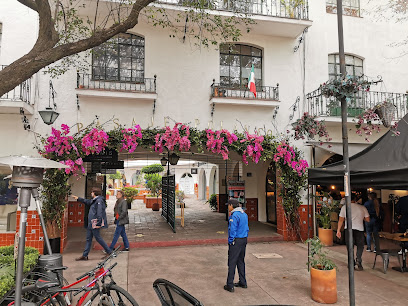
Galerías Polanco
Experience the essence of Mexico City at Galerías Polanco, where shopping, dining, and entertainment come together in a vibrant atmosphere.
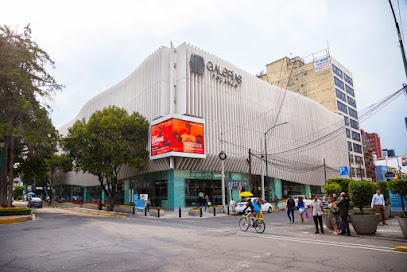
IKAL Store
Explore IKAL Store in Polanco, where fashion meets elegance with an exquisite selection of clothing, jewelry, and home goods.
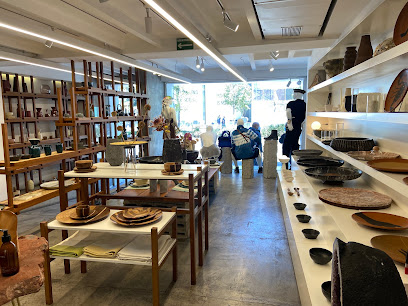
Tienda MAP Polanco
Explore authentic Mexican handicrafts at Tienda MAP Polanco, a charming store showcasing the best of local artistry and culture.
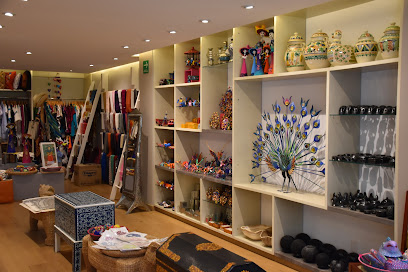
Prada Mexico City Polanco Palacio de Hierro
Explore the luxurious world of Prada in Mexico City Polanco, where fashion, elegance, and unparalleled style await every visitor.
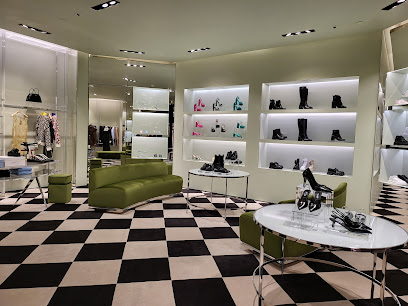
Serendipity
Explore Serendipity in Polanco: A treasure trove of handicrafts, unique jewelry, and delightful pet supplies in the heart of Mexico City.
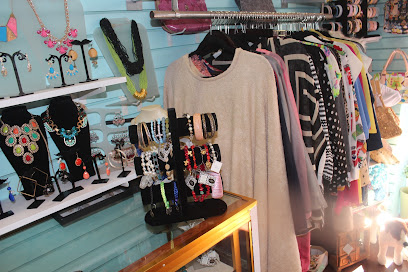
Things!
Experience the charm of Things! Boutique in Polanco, where fashion meets lifestyle in an upscale shopping haven.
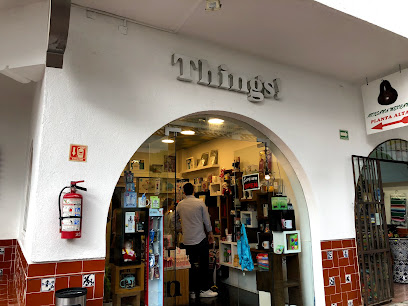
Chellterra
Discover unique artisanal gifts and souvenirs at Chellterra in Polanco, Mexico City – where local culture meets charming shopping.
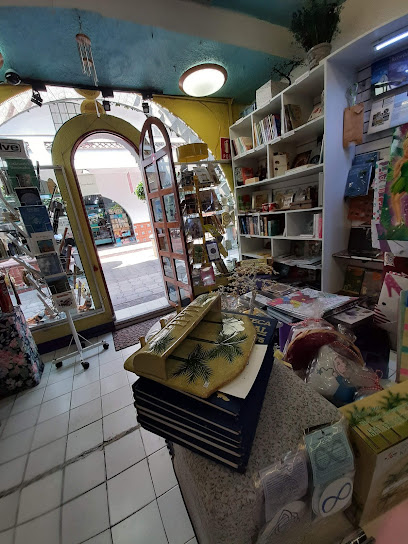
Trueque Market
Explore the colorful and authentic Trueque Market in Polanco, where local crafts and delicious food come together in a vibrant cultural experience.

Hábito Boutique
Explore the chic and contemporary fashion at Hábito Boutique in Polanco, Mexico City – a stylish haven for discerning shoppers.
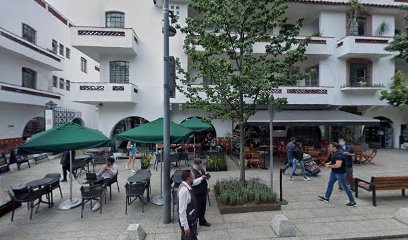
Essential bars & hidden hideouts
Cantina La 20 | Polanco
Discover the vibrant culinary scene at Cantina La 20 in Polanco, where authentic Mexican flavors meet a lively atmosphere in the heart of Mexico City.

Limantour Polanco
Discover Limantour Polanco, a stylish cocktail bar in Mexico City renowned for its innovative drinks and vibrant nightlife in the heart of Polanco.
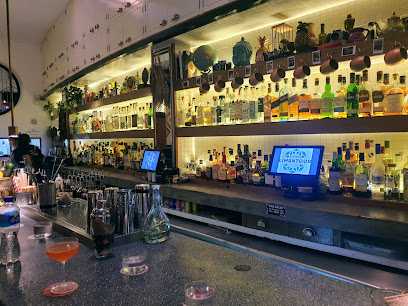
Gin Gin Polanco
Discover Gin Gin Polanco, an upscale cocktail bar in Mexico City offering exquisite drinks and a vibrant atmosphere for an unforgettable night out.
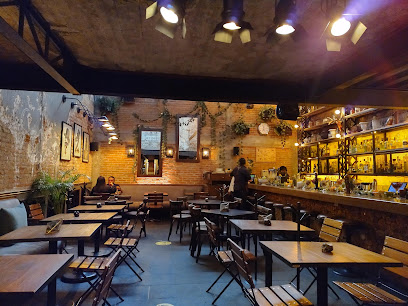
Jules Basement
Discover the hidden charm of Jules Basement, a speakeasy bar in Polanco serving exquisite craft cocktails in a stylish atmosphere.

Scotch
Discover the chic and lively Scotch Bar in Polanco, Mexico City – a cocktail haven where nightlife comes alive with every sip.
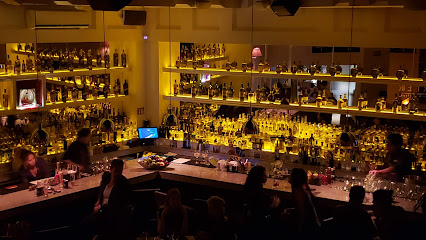
Living Room Bar
Experience the vibrant nightlife at Living Room Bar in Polanco, where innovative cocktails and chic decor create the ultimate social atmosphere.
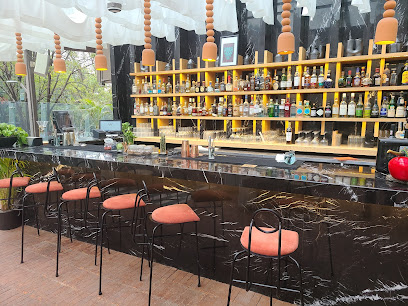
Dixon
Experience the elegance of Dixon, an upscale bar in Polanco, Mexico City, renowned for its innovative cocktails and vibrant nightlife ambiance.
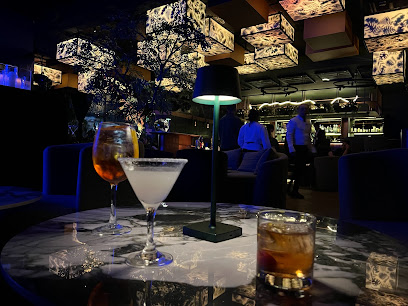
Epicentro Gin&Tonic Bar
Discover the vibrant Epicentro Gin&Tonic Bar in Polanco for a unique gin experience with expertly crafted cocktails and lively atmosphere.
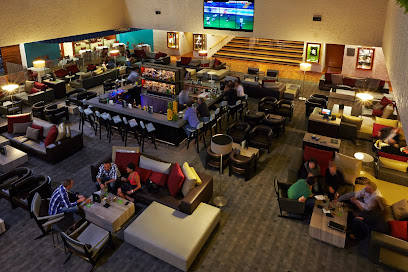
11:11 Polanco
Discover the vibrant nightlife at 11:11 Polanco, a premier piano bar and nightclub in Mexico City, offering live music and a lively atmosphere.
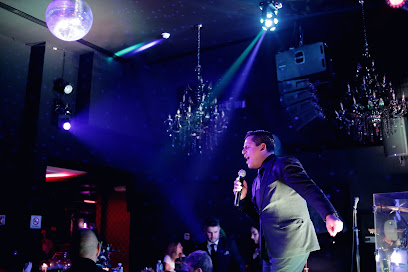
Bar LUX
Experience the vibrant nightlife of Mexico City at Bar LUX, a hidden bar gem offering innovative cocktails and an intimate atmosphere.

Local Phrases
-
- HelloHola
[oh-lah] - GoodbyeAdiós
[ah-dee-ohs] - YesSí
[see] - NoNo
[noh] - Please/You're welcomePor favor/De nada
[por fah-vohr/deh nah-dah] - Thank youGracias
[grah-see-ahs] - Excuse me/SorryPerdón/Lo siento
[pehr-dohn/loh see-ehn-toh] - How are you?¿Cómo estás?
[koh-moh ehs-tahs] - Fine. And you?Bien. ¿Y tú?
[byehn. ee too] - Do you speak English?¿Hablas inglés?
[ah-blahs een-glehs] - I don't understandNo entiendo
[noh ehn-tyehn-doh]
- HelloHola
-
- I'd like to see the menu, pleaseMe gustaría ver el menú, por favor
[meh goos-tah-ree-ah behr ehl meh-noo, por fah-vohr] - I don't eat meatNo como carne
[noh koh-moh kahr-neh] - Cheers!¡Salud!
[sah-lood] - I would like to pay, pleaseMe gustaría pagar, por favor
[meh goos-tah-ree-ah pah-gahr, por fah-vohr]
- I'd like to see the menu, pleaseMe gustaría ver el menú, por favor
-
- Help!¡Ayuda!
[ah-yoo-dah] - Go away!¡Vete!
[veh-teh] - Call the Police!¡Llame a la policía!
[yah-meh ah lah poh-lee-see-ah] - Call a doctor!¡Llame a un doctor!
[yah-meh ah oon dohk-tohr] - I'm lostEstoy perdido/a
[ehs-toy pehr-dee-doh/dah] - I'm illEstoy enfermo/a
[ehs-toy ehn-fehr-moh/dah]
- Help!¡Ayuda!
-
- I'd like to buy...Me gustaría comprar...
[meh goos-tah-ree-ah kohm-prahr] - I'm just lookingSólo estoy mirando
[soh-loh ehs-toy meer-ahn-doh] - How much is it?¿Cuánto cuesta?
[kwahn-toh kweh-stah] - That's too expensiveEso es demasiado caro
[eh-soh ehs deh-mah-see-ah-doh kah-roh] - Can you lower the price?¿Puedes bajar el precio?
[pweh-dehs bah-hahr ehl pree-syoh]
- I'd like to buy...Me gustaría comprar...
-
- What time is it?¿Qué hora es?
[keh o-rah ehs] - It's one o'clockEs la una
[ehs lah oo-nah] - Half past (10)Las diez y media
[lahs d'yehs ee meh-dee-ah] - MorningMañana
[mah-nyah-nah] - AfternoonTarde
[tahr-deh] - EveningNoche
[noh-cheh] - YesterdayAyer
[ah-yehr] - TodayHoy
[oy] - TomorrowMañana
[mah-nyah-nah] - 1Uno
[oo-noh] - 2Dos
[dohs] - 3Tres
[trehs] - 4Cuatro
[kwah-troh] - 5Cinco
[seen-koh] - 6Seis
[says] - 7Siete
[syeh-teh] - 8Ocho
[oh-choh] - 9Nueve
[nweh-veh] - 10Diez
[dyehs]
- What time is it?¿Qué hora es?
-
- Where's a/the...?¿Dónde está un/el...?
[dohn-deh ehs-tah oon/ehl] - What's the address?¿Cuál es la dirección?
[kwahl ehs lah dee-rehk-syohn] - Can you show me (on the map)?¿Puedes mostrarme (en el mapa)?
[pweh-dehs mohs-trar-meh (ehn ehl mah-pah)] - When's the next (bus)?¿Cuándo es el próximo (autobús)?
[kwahn-doh ehs ehl proh-ksy-moh (ow-toh-boos)] - A ticket (to ....)Un boleto (a ...)
[oon boh-leh-toh (ah)]
- Where's a/the...?¿Dónde está un/el...?
History of Polanco
-
Polanco's history began in the late 19th century when it was primarily a rural area populated by small farms. The neighborhood's name is believed to derive from the Spanish term 'polanco', meaning a small pasture. As Mexico City expanded during the Porfirio Díaz era, Polanco transformed into an urban residential area, attracting affluent families and establishing its reputation as an upscale neighborhood.
-
By the early 1900s, Polanco became a fashionable area for the elite, marked by the construction of grand mansions and European-style architecture. The neighborhood's development was accelerated by the construction of the Avenida Presidente Masaryk, which became a major commercial artery, lined with luxury shops, restaurants, and cultural institutions. This period also saw the establishment of the Chapultepec Forest nearby, enhancing Polanco's appeal as a residential area.
-
After World War II, Polanco witnessed a cultural flourishing with the arrival of international businesses, artists, and intellectuals. The neighborhood became a hub for cultural exchanges, hosting galleries, theaters, and museums. Notable institutions such as the Museo Soumaya and the Museo Jumex were established, further solidifying Polanco's status as a cultural epicenter in Mexico City.
-
The late 20th century marked a period of rapid economic growth and urbanization in Polanco, characterized by the construction of high-rise buildings and luxury condominiums. The neighborhood attracted multinational corporations and became a significant center for business and commerce in Mexico City. This economic surge brought about a demographic shift, with an influx of professionals seeking residence in this prime location.
-
Today, Polanco is recognized as one of Mexico City's most prestigious neighborhoods, blending modernity with its rich historical roots. The area boasts an array of high-end boutiques, gourmet restaurants, and cultural venues, reflecting its status as a cosmopolitan hub. Events such as the annual 'Polanco Fashion Night' showcase the neighborhood's commitment to innovation while honoring its historical significance within the broader context of Mexico City.
Polanco Essentials
-
Polanco is well-connected to various neighborhoods in Mexico City. The nearest metro stations are Polanco (Line 7) and Tacuba (Line 7), which provide easy access to other parts of the city. From the airport, you can take a taxi or an authorized ride-sharing service directly to Polanco, which typically takes about 30-50 minutes depending on traffic. Alternatively, you can use the Metrobus service, which connects to several major areas in the city, including Polanco.
-
Polanco is a walkable neighborhood with many attractions easily accessible on foot. The metro system is efficient, with Line 7 serving the area. Biking is also popular; you can rent bikes through the Ecobici program, which has stations throughout the city. For public transportation, the Metrobus has several routes passing through Polanco. Taxis and ride-sharing services are widely available and provide a convenient option for longer distances.
-
Polanco is generally considered safe for tourists, though standard precautions are advised. Avoid walking alone at night in less populated areas, especially around the edges of Polanco. Areas outside of Polanco, such as parts of Iztapalapa and Tepito, are known for higher crime rates and should be approached with caution. Keep your belongings secure and be mindful of your surroundings in crowded places.
-
In case of an emergency, dial 911 for police, fire, or medical assistance. There are hospitals and pharmacies in Polanco, and many are equipped to handle tourist-related emergencies. It’s advisable to have travel insurance that covers medical emergencies. For minor issues, local pharmacies can provide over-the-counter medications.
-
Fashion: Do wear comfortable yet stylish clothing, as Polanco is known for its upscale atmosphere. Don’t wear overly casual attire when dining in fine restaurants. Religion: Do respect local customs, especially in religious spaces. Public Transport: Do give up your seat to those in need, but don’t engage in loud conversations. Greetings: Do greet locals with a friendly handshake; a light kiss on the cheek is common among acquaintances. Eating & Drinking: Do try local dishes at street vendors and restaurants. Don’t refuse food or drink offered, as it may be seen as impolite.
-
To experience Polanco like a local, visit the Lincoln Park for a leisurely stroll or picnic. Explore the local markets, particularly the Mercado de Polanco, for fresh produce and authentic Mexican snacks. Engage with locals in cafes and restaurants, where you can learn about hidden gems in the area. Don’t miss out on the cultural offerings, like the Museo Tamayo and the Soumaya Museum, which are not only architecturally striking but also offer a glimpse into Mexican art and culture.
Trending Landmarks in Polanco
-
Bosque de Chapultepec
-
Chapultepec Castle
-
Museo Soumaya
-
Parque Lincoln
-
Jardín Botánico del Bosque de Chapultepec
-
Plaza Uruguay
-
Las Alcobas, a Luxury Collection Hotel, Mexico City
-
Monumento a Simon Bolivar (Obelisco y Fuente)
-
Busto a Luis Donaldo Colosio
-
Escultórico Polanco Park
-
MARTIN LUTHER KING JR.
-
ABRAHAM LINCOLN 1809 ~ 1865
-
Monumento a Agustín Lara
Nearby Cities to Polanco
-
Things To Do in Taxco
-
Things To Do in Puebla
-
Things To Do in Queretaro
-
Things To Do in San Miguel de Allende
-
Things To Do in Guanajuato
-
Things To Do in Acapulco
-
Things To Do in Veracruz
-
Things To Do in Oaxaca
-
Things To Do in Guadalajara
-
Things To Do in Puerto Escondido
-
Things To Do in Ixtapa-Zihuatanejo
-
Things To Do in Puerto Vallarta
-
Things To Do in Monterrey
-
Things To Do in Chiapas
-
Things To Do in Matamoros












